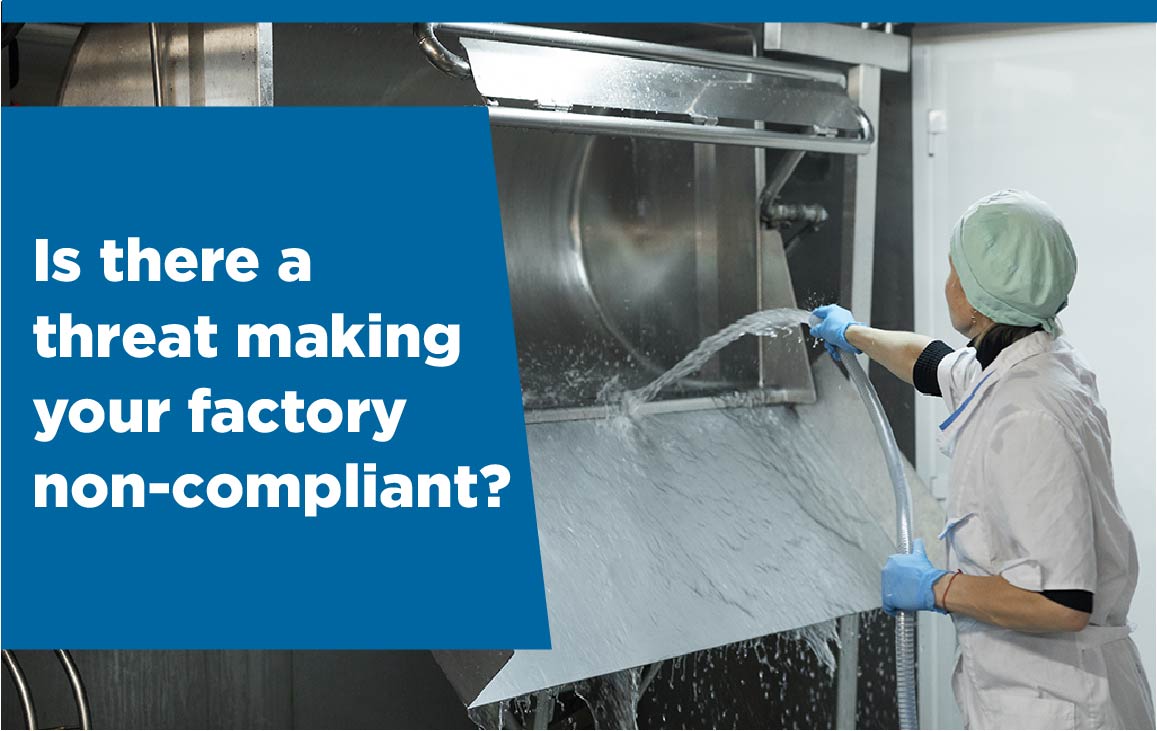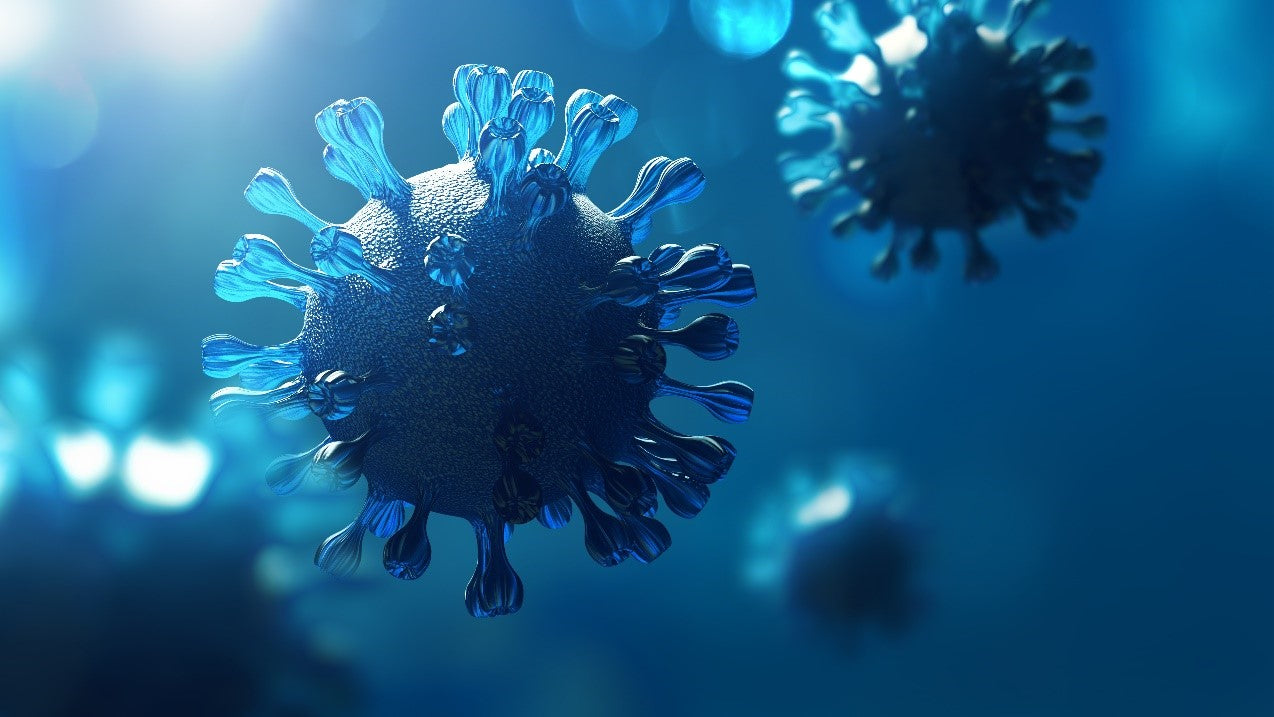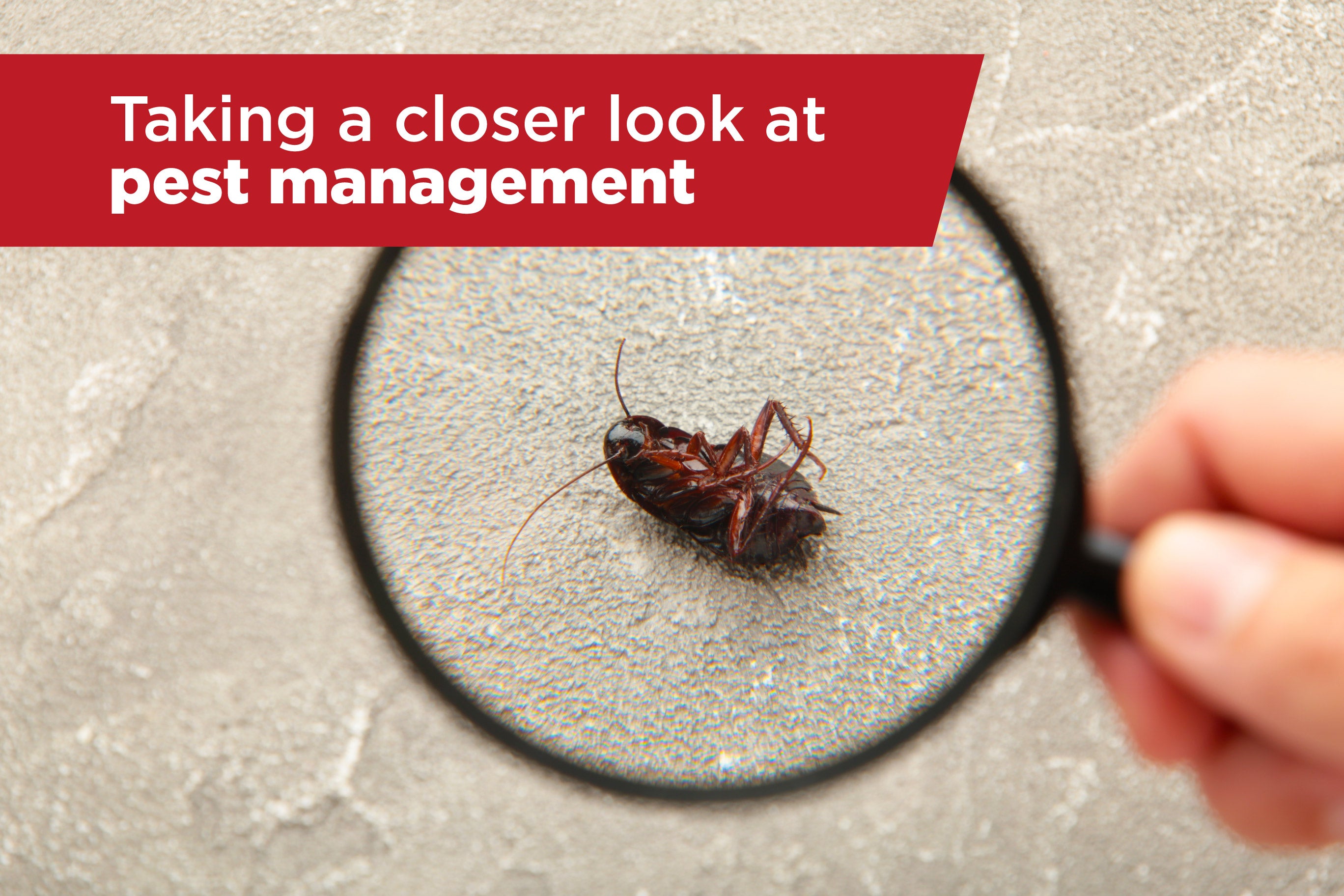
In this article we look at Biofilms in detail, what they are, why they are important to understand and how you can decrease the risk of biofilms within your factory.
What are biofilms?
Biofilms are invisible communities of microorganisms that cling to surfaces, forming slimy layers resistant to conventional cleaning methods. They're the unseen foes lurking in our everyday environments, posing significant challenges in various industries, including food production. But with the right furniture and equipment, and appropriate cleaning protocols, it is possible to keep this enemy at bay.
Why is it important to understand biofilms?
Imagine microscopic cities bustling with life, where bacteria, fungi, and other microorganisms huddle together, protected by a self-produced matrix which makes them incredibly resilient.
These biofilms colonise surfaces, creating a haven for potentially harmful pathogens which pose a formidable challenge for food businesses. They are able to grow on many surfaces – from stainless steel to rubber - and can survive in harsh conditions.
They can often thwart traditional cleaning efforts due to their ability to find, and stick to, the tiniest of crevices, scratches in surfaces, ledges and folds.
What sort of bacteria live in Biofilms?
Biofilms include Listeria, E.coli, Salmonella and Staphylococcus Aureus which can cause a variety of foodborne illnesses with a range of very nasty symptoms such as diarrhoea, vomiting, fever, abdominal cramps, headache and fatigue.
These illnesses are often very serious and occasionally fatal. The Food Standards Agency estimates there are 180 deaths per year in the UK caused by foodborne diseases from 11 pathogens, with around 2.4 million cases of foodborne illness.
How can you decrease the risk?
So how do you fight back? In any food production environment, the focus should be on stopping these biofilm communities from forming in the first place.
Traditional materials used in food production, such as mild steel, can decay over time due to the corrosive nature of cleaning agents and food products themselves. Corrosion not only compromises the structural integrity of furniture and equipment but can also lead to the contamination of ingredients and end products.
Using stainless steel materials
Stainless steel's inherent robustness ensures that equipment remains free from rust, preserving the hygienic integrity of the production process. In addition, stainless steel's smooth, non-porous surface reduces the accumulation of biofilms, reducing the potential for pathogenic growth.
And the smoother the surface of the stainless steel, the less likely biofilms will be able to form;
Using electropolishing for added protection
Electropolishing is an electrochemical finishing process that removes a thin layer of material from the furniture, resulting in an ultra-smooth surface with a lower Roughness average (Ra).The lower the Ra value , the easier the furniture is to clean and maintain because there are fewer miniscule crevices where microbes can gather.
Robust cleaning
It should go without saying that robust cleaning protocols are critical for any food production environment. Keeping factories clean and free of food debris is important. Easy access to equipment such as boot washers can help to reduce food debris passing into the production environment. Select appropriate cleaning agents and disinfectants compatible with stainless steel surfaces to remove organic residues and reduce microbial growth. Train staff on proper cleaning techniques, including the thorough cleaning of all surfaces, focusing on areas prone to biofilm formation.
Furniture inspection
Regular inspections of stainless steel furniture to identify any signs of wear, damage, or build up of organic matter must be carried out, with any issues being addressed promptly to prevent the formation of biofilms. Stainless steel surfaces should be well-maintained to ensure they are in in optimal condition and their hygienic properties are preserved.
Poor hygienic furniture design will inevitably cause problems. Therefore, before purchasing a new piece of furniture or equipment, it is vital to examine it closely in relation to GMP guidelines and cleaning risks. If the item has folds, gaps, ledges, hidden corners or raised welds, these will be areas where biofilms can form. These harbourage points will also be hard to reach for cleaning.
Battling biofilms also means paying particular attention to any areas where there are inert liquids. This can apply to any flat surface or ledge where liquids can pool. Other risk points are those where there are regular spillages, such as production lines. A sensible response is to use furniture in which surfaces are sloped to ensure liquids run off. This avoids unnecessary pooling of both dairy products and cleaning solutions, both of which can be a hygiene risk if left unattended.
How can Teknomek help?
By integrating stainless steel hygienic furniture into comprehensive biofilm prevention strategies, food production facilities can create environments that are resistant to microbial colonisation and conducive to maintaining high standards of hygiene. Through diligent maintenance, proper cleaning protocols, and staff education, biofilm cities can be effectively thwarted, ensuring the safety and quality of food products.
For more information about our range of stainless steel products contact Teknomek today on +44 (0)1603 788 833 or browse the Teknomek website.





